SEAN SCULLY (b. 1945)
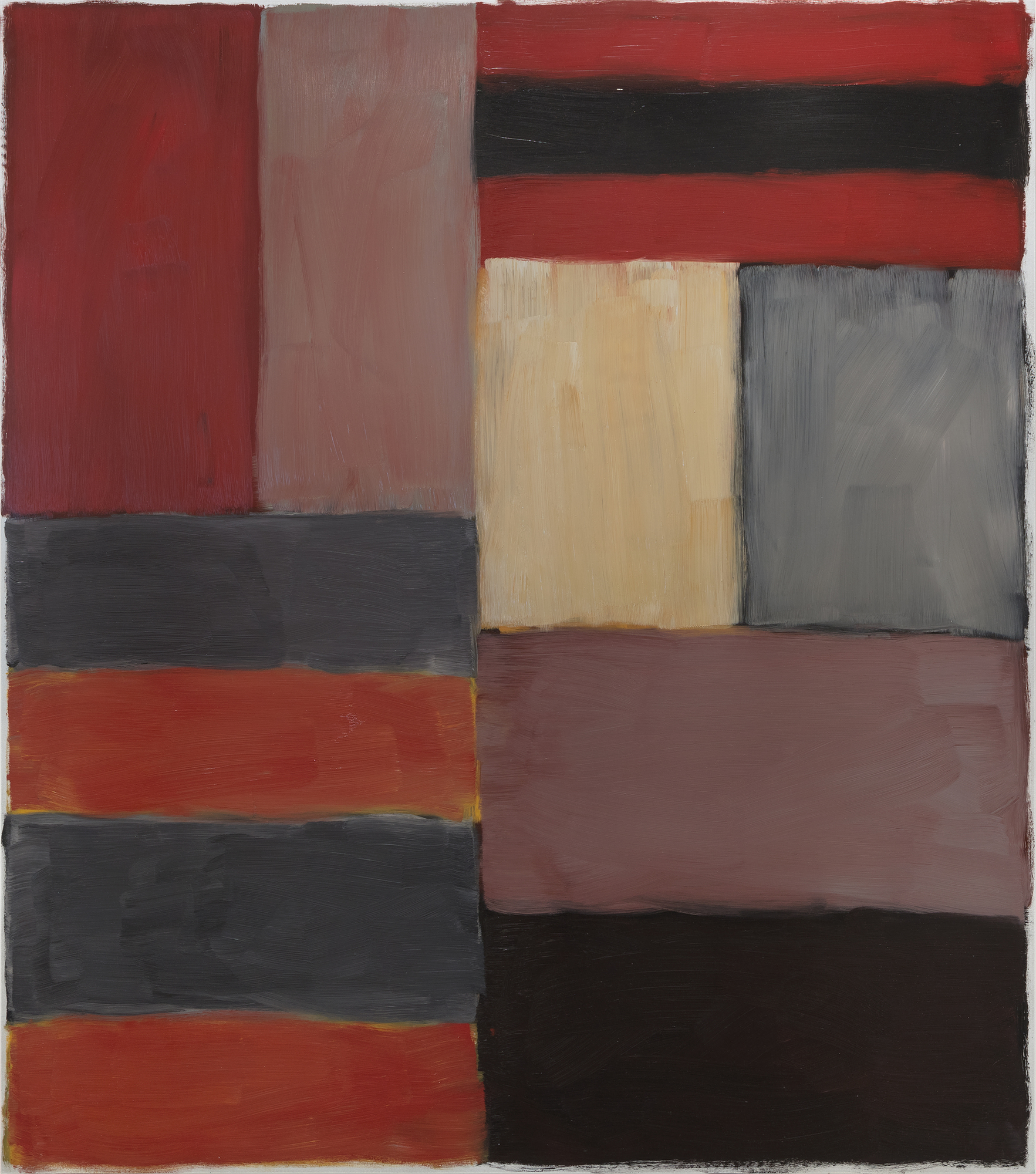
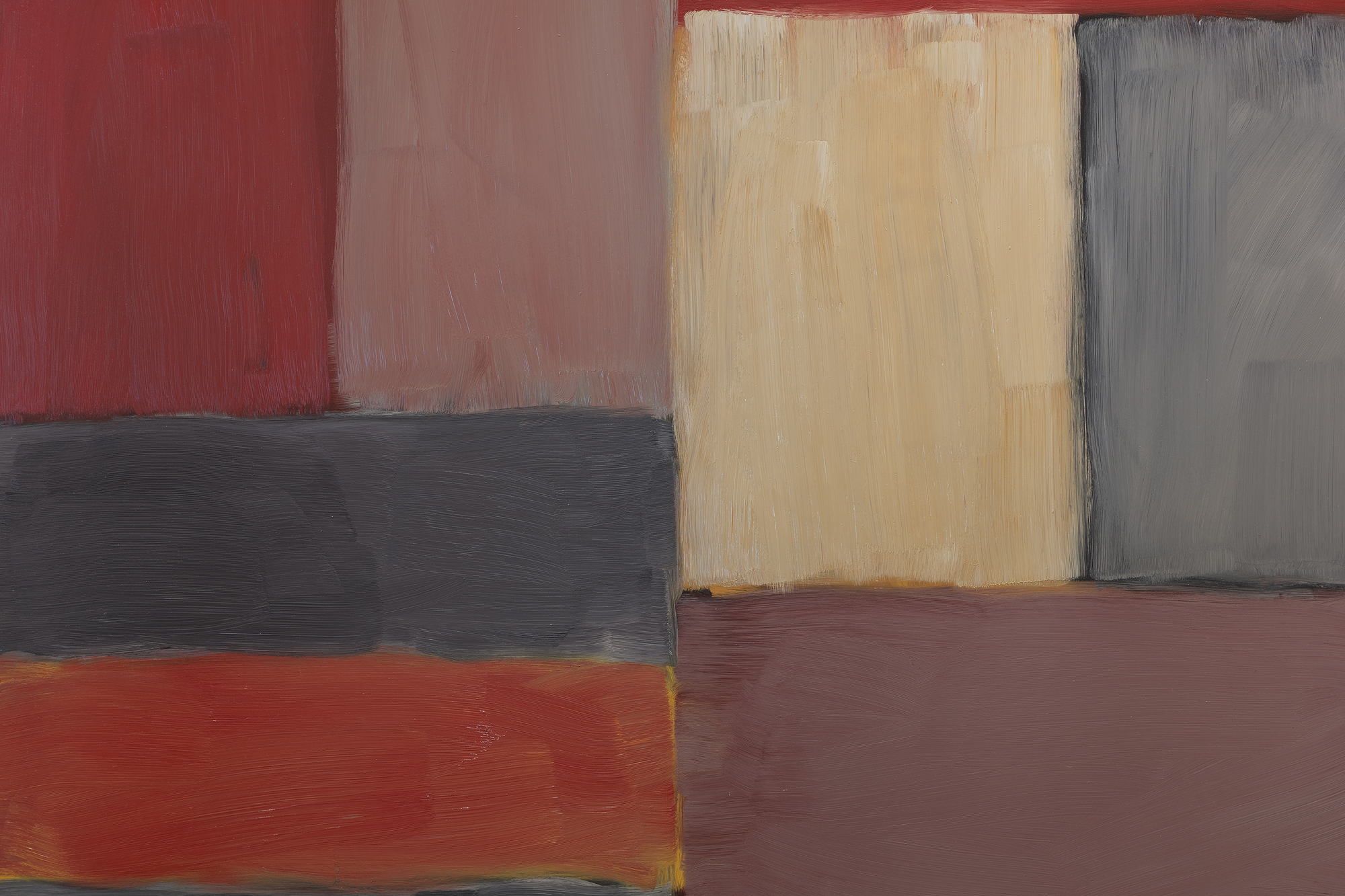
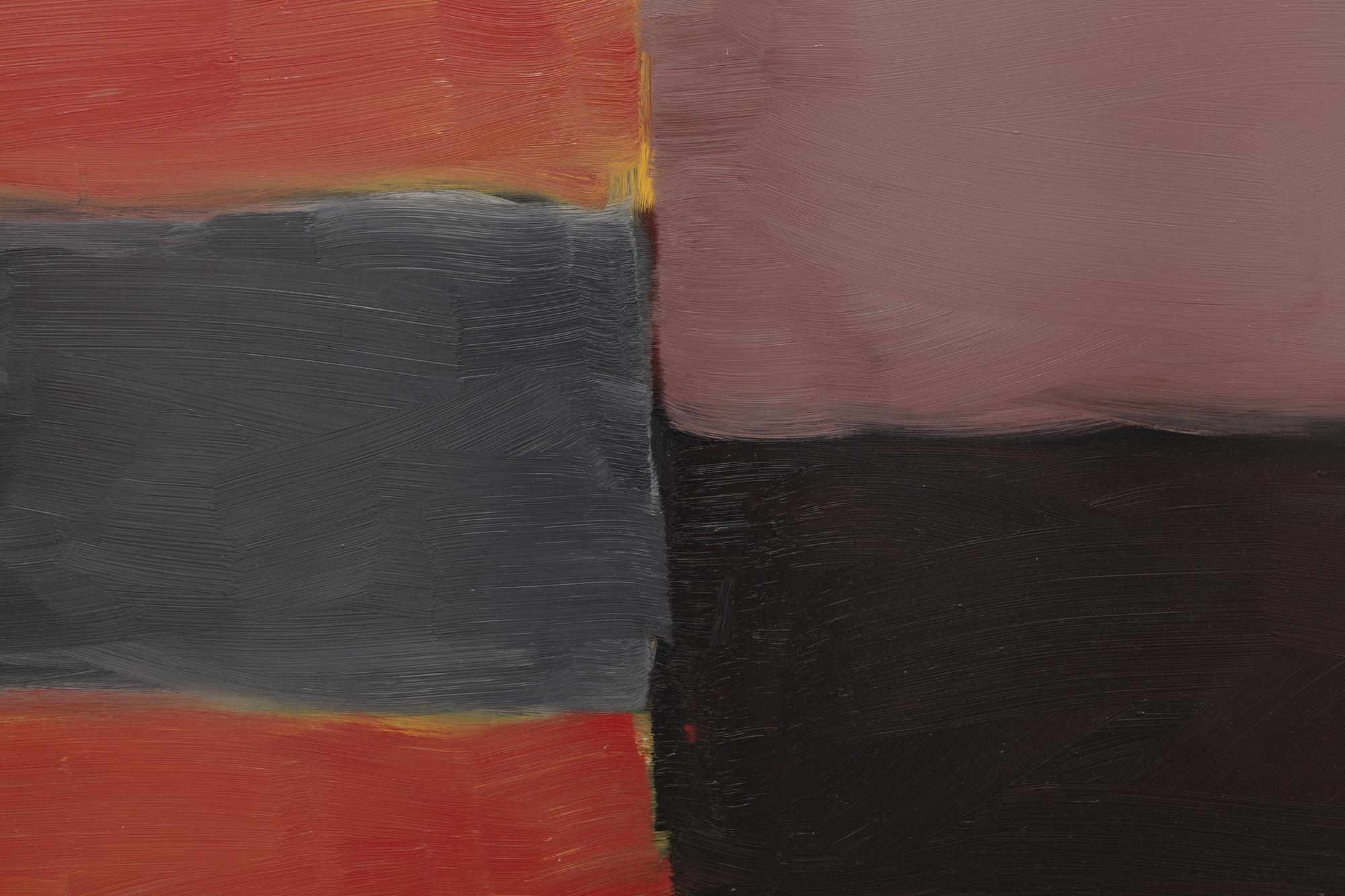
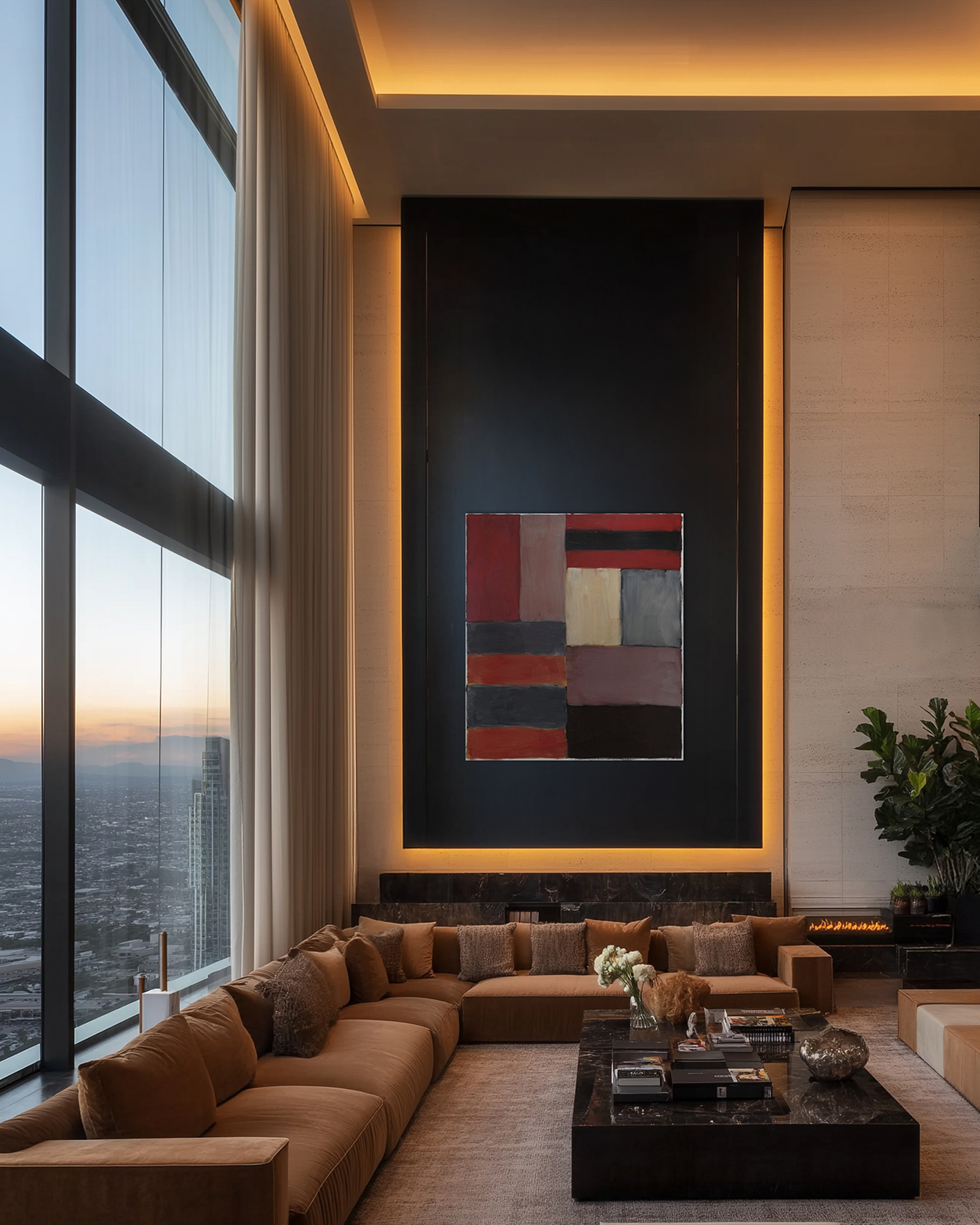
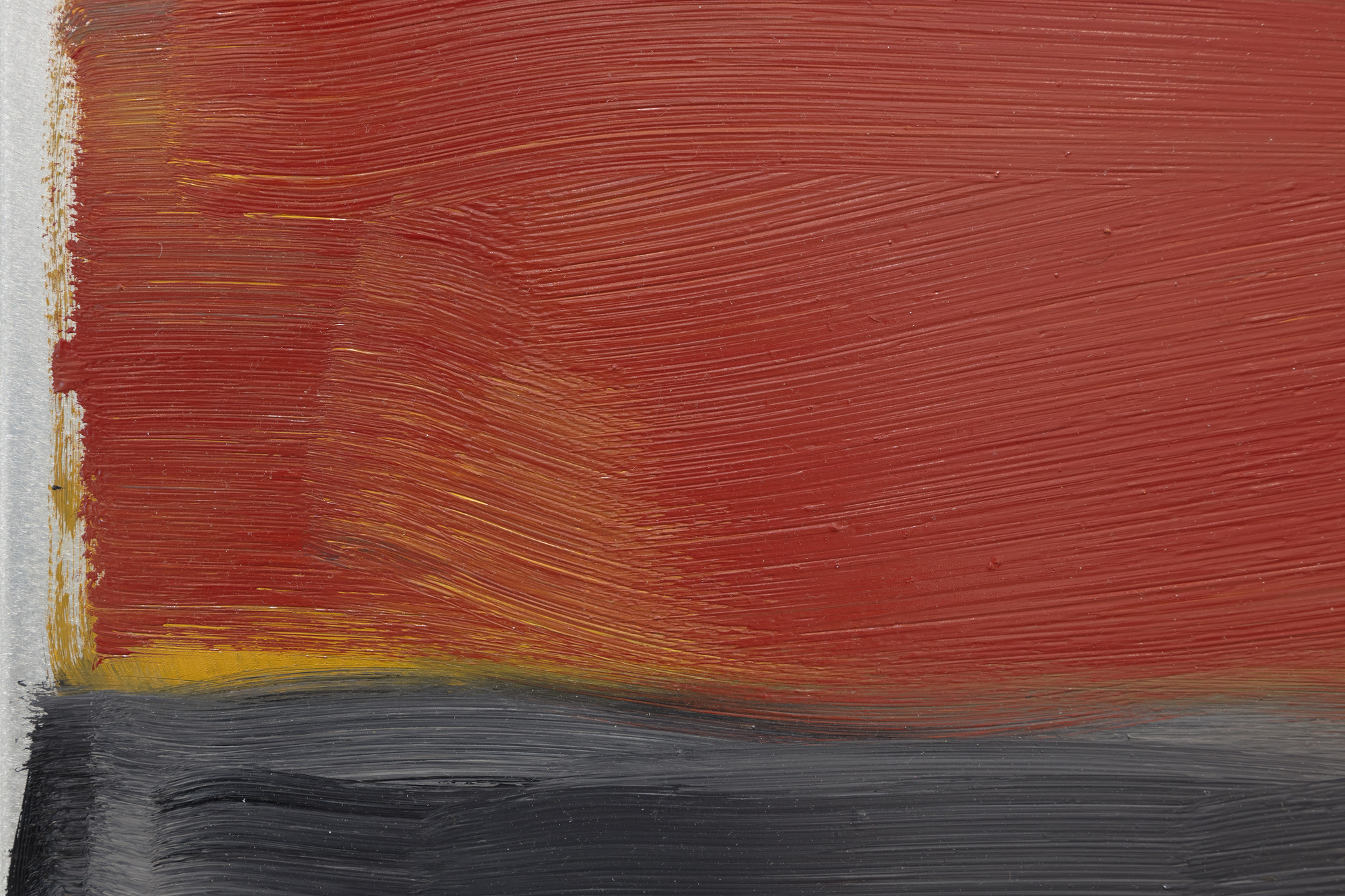
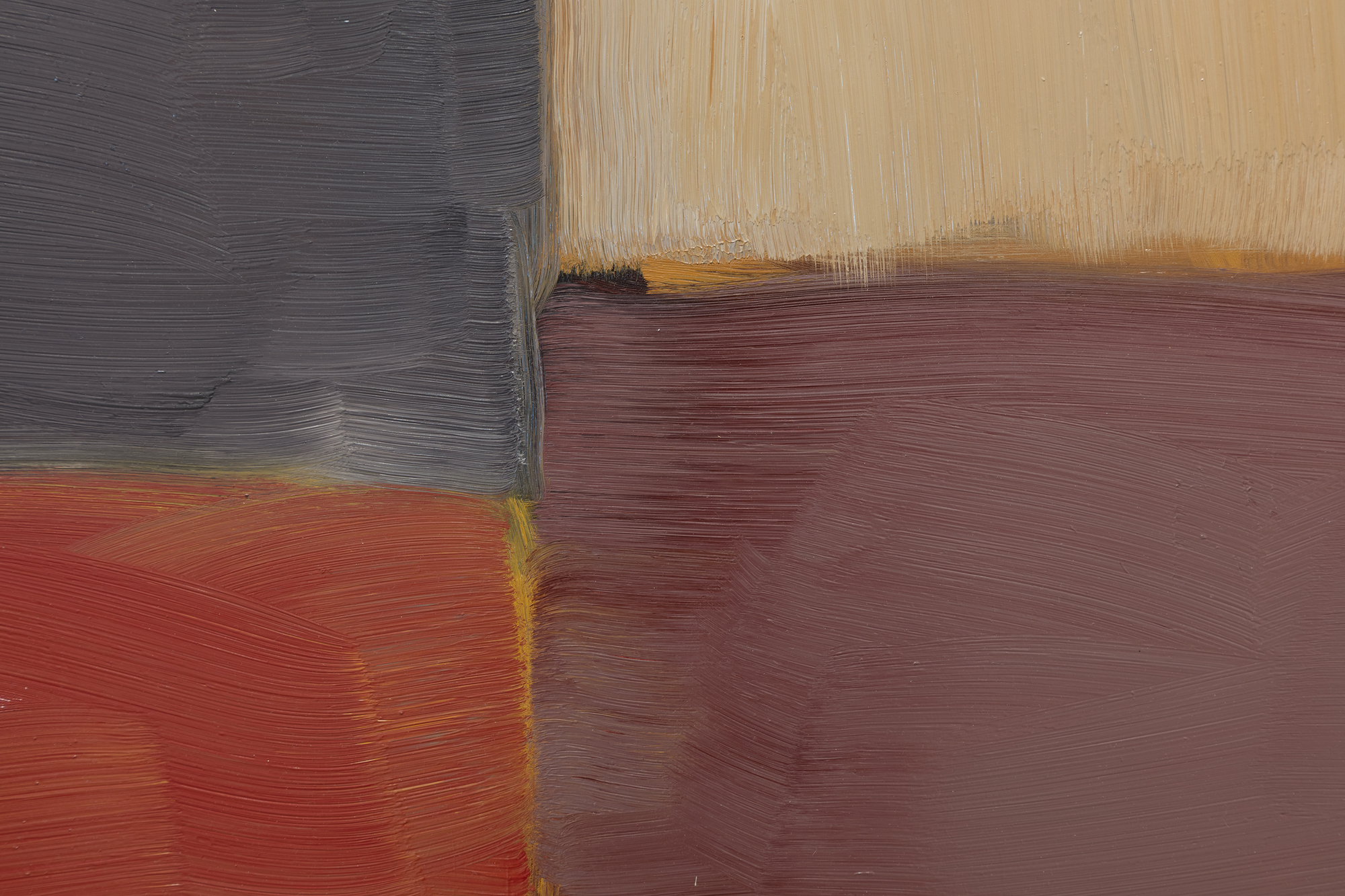
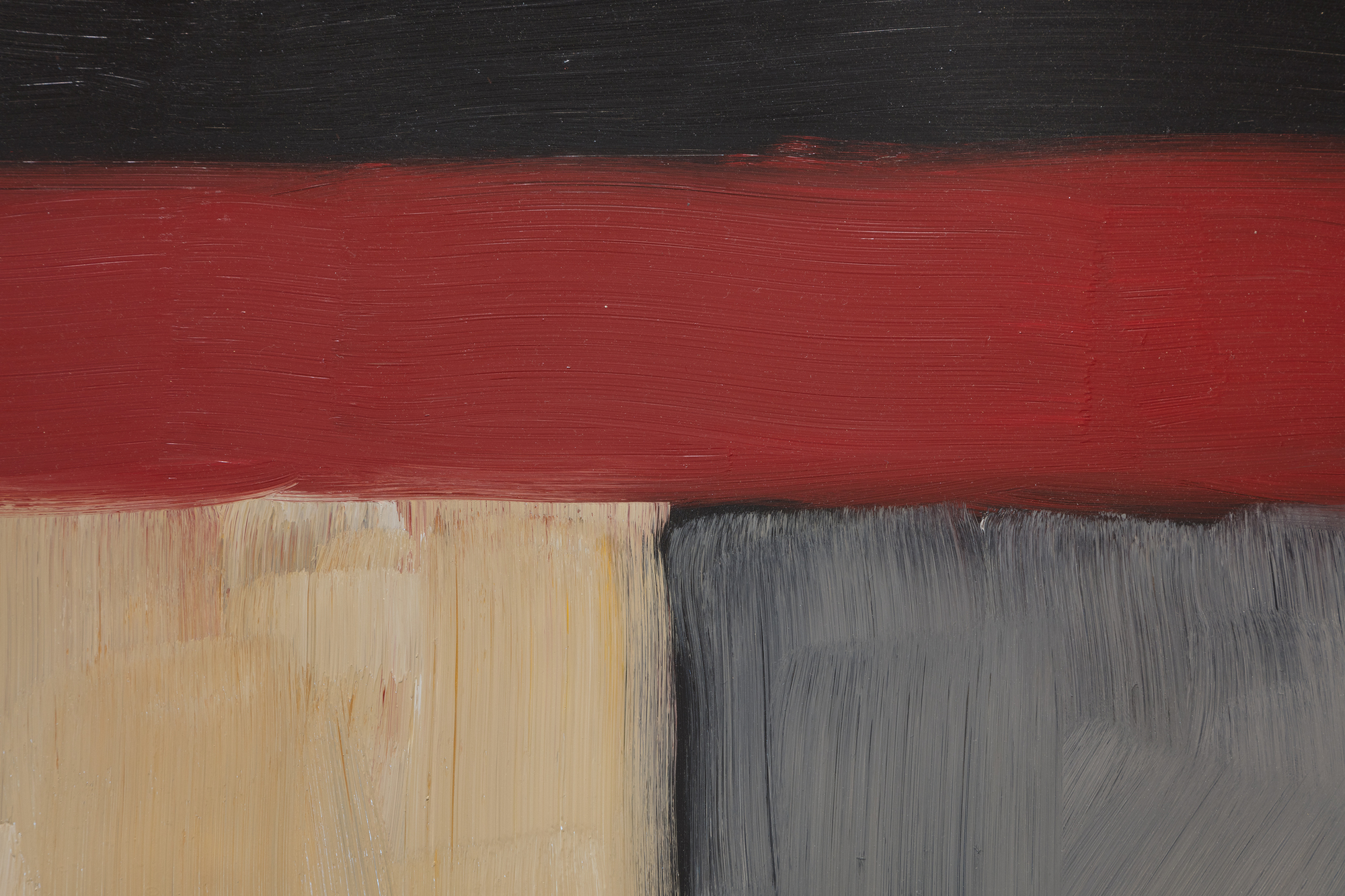
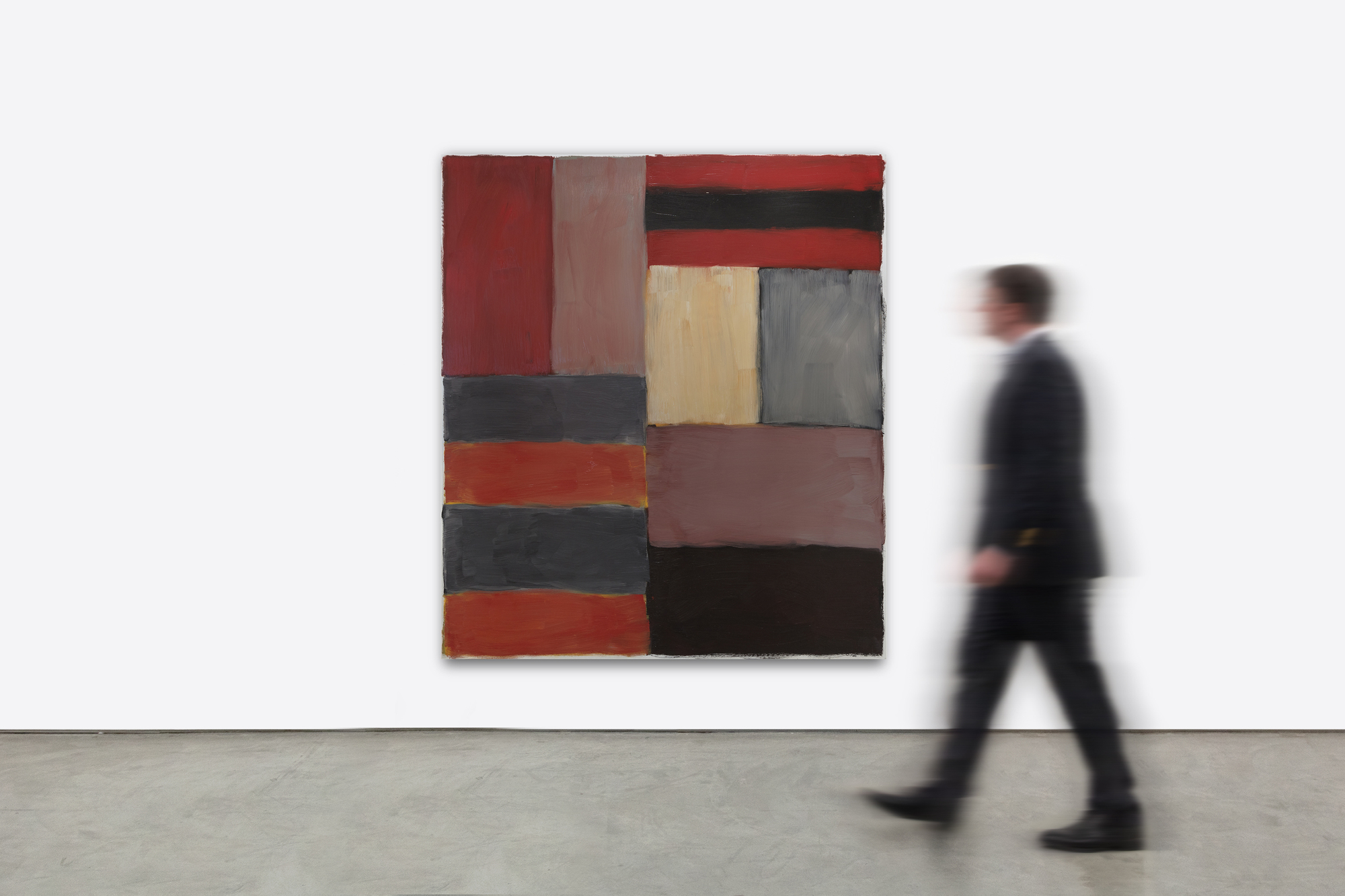
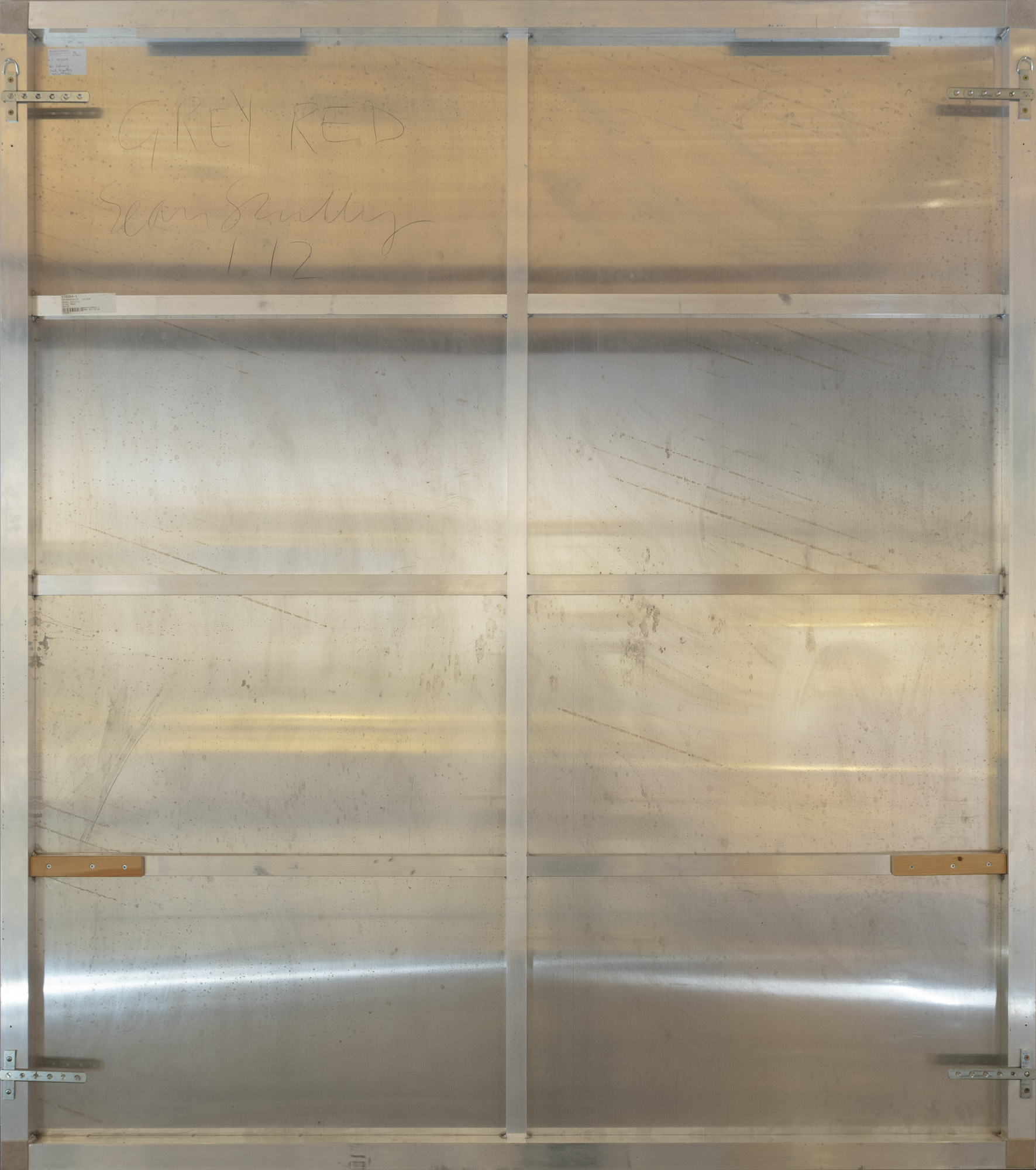
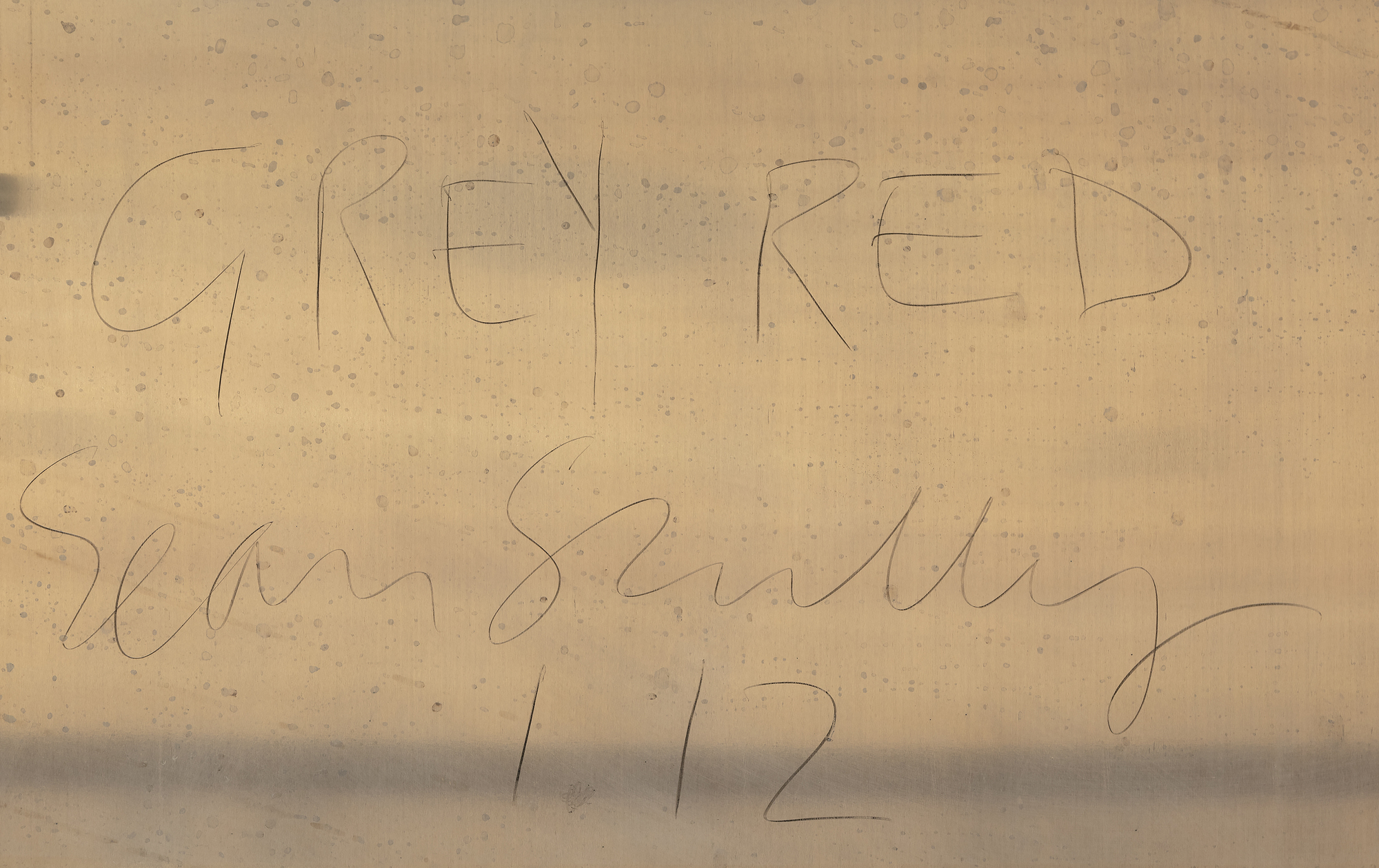
Provenance
Timothy Taylor, Londres, AngleterreCollection privée
Collection privée, Londres, Angleterre
Phillips (Londres, Angleterre), 5 octobre 2016 : " Vente du soir d'art du 20e siècle et contemporain ", lot 8.
Collection privée, acquise lors de la vente ci-dessus.
Phillips Londres : Jeudi 8 mars 2018, lot 00035, vente du soir d'art du 20e siècle et contemporain.
Collection privée, acquise lors de la vente ci-dessus
Exposition
Royal Academy of Arts (Londres, Angleterre), "The 244th Royal Academy of Arts Summer Exhibition", 4 juin - 12 août 2012. Inclus dans l'exposition...Plus.....e catalogue de l'exposition, n° 847The Verey Gallery (Windsor, Angleterre), "Sean Scully," 3 octobre 2012 - 28 février 2013
Littérature
Zweite, Armin, "Sean Scully : Paintings and Works on Paper", (Munich, Allemagne : Galerie Bernd Klüser, 1993), page 7.Carrier, David, "Sean Scully" (Londres, Angleterre : Thames & Hudson, 2006), page 98.
O'Sullivan, Marc, "Sean Scully : Figure/Abstract, " (Ostfildern, Allemagne : Hatje Cantz Verlag, 2014), page 7.
...MOINS.....
Histoire
Le cadre de référence des blocs et des rayures caractéristiques de l'Irlando-américain Sean Scully est vaste. De l'hypothèse centrale de Malevich selon laquelle la géométrie peut fournir les moyens d'une compréhension universelle à l'approche passionnée de Rothko en matière de couleur et de rendu du sublime dramatique, Scully a appris à condenser la splendeur du monde naturel dans des modes simples de couleur, de lumière et de composition. Né à Dublin en 1945 et élevé à Londres, Scully était bien formé au dessin figuratif lorsqu'il décida de retrouver l'esprit de son modèle, Henri Matisse, en visitant le Maroc en 1969. Il est captivé par les éblouissantes mosaïques en tesselles et les tissus richement teints et commence à peindre des grilles et des stipes de couleur. Ses aventures ultérieures ont été une source d'inspiration supplémentaire : le jeu de lumière intense sur les surfaces réfléchissantes des ruines mayas et les anciennes dalles de pierre de Stonehenge ont apporté la sensation de lumière, d'espace et de mouvement géométrique aux peintures de Scully. La capacité de retracer l'impact des voyages de Scully à travers ses peintures réaffirme la valeur de l'art abstrait comme pierre de touche de l'expérience de la vie réelle.
Peint dans des teintes riches et profondes, avec des surfaces superposées et nuancées, Grey Red est à la fois poétique et empreint d'un formalisme musclé. Scully qualifie à juste titre ces formes élémentaires de "briques", suggérant les calculs formels d'un architecte. Comme il l'explique, "ces relations que je vois dans les embrasures des rues, dans les fenêtres entre les bâtiments et dans les traces de structures qui étaient autrefois pleines de vie, je m'en inspire pour mon travail. J'utilise ces couleurs et ces formes et je les assemble d'une manière qui vous rappelle peut-être quelque chose, sans que vous en soyez sûr" (David Carrier, Sean Scully, 2004, p. 98). Son approche est organique, moins formelle ; les choix du peintre intuitif consistent à superposer une couleur sur une autre de manière à ce que les teintes et les couleurs contrastées vibrent d'une énergie subliminale. Diebenkorn nous vient à l'esprit dans sa recherche d'une lumière rayonnante. Mais ici, les bandes rayonnantes de rouge terracotta, de gris, de taupe et de noir de Grey Red résonnent d'une énergie profonde et brûlante et évoquent une passion bien plus touchante que ce que l'on pourrait croire. Comme l'a écrit son ami Bono, "Sean aborde la toile comme un kickboxeur, un plâtrier, un bâtisseur. La qualité de ses peintures témoigne d'une vie vécue".
LES CONNAISSANCES DU MARCHÉ
- Le record de vente aux enchères de Scully a été établi en mai 2022 lorsque Song, 1985 (à gauche) a été vendu pour plus de 2 millions de dollars chez Sotheby's New York.
- Sur les dix meilleurs résultats aux enchères de Scully, neuf ont été peints après 2000. Plus encore, sept de ces dix premiers résultats concernent des œuvres datant d'après 2010, ce qui prouve un désir exceptionnellement fort pour ces œuvres plus contemporaines.
- L'année 2012 a été particulièrement importante pour l'artiste puisqu'il a bénéficié de neuf expositions personnelles dans des musées rien que cette année, dans des institutions comme le Kunstmuseum de Berne, l'Alhambra et le Philadelphia Museum of Art.
- 2012 a également été l'année où Scully a été admis à la Royal Academy of Art.
HISTOIRE DE L'EXPOSITION
- Peu de temps après l'achèvement de Grey Red, le tableau a été inclus dans des expositions importantes.
- Grey Red portait le numéro 847 dans le catalogue de la 244e exposition d'été de la Royal Academy of Arts.
- Grey Red a été présenté lors de l'exposition 2012 "Sean Scully" à la Verey Gallery de l'Eton College à Windsor, en Angleterre (à droite).






































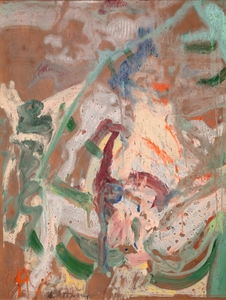
_tn28438.jpg )
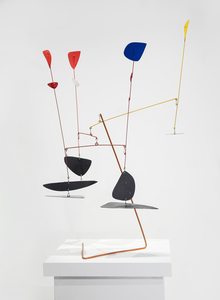
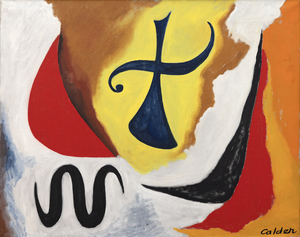

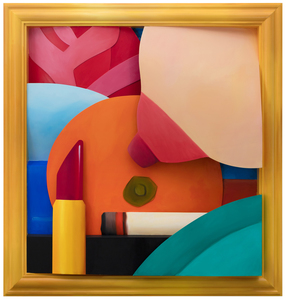
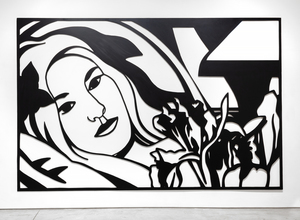
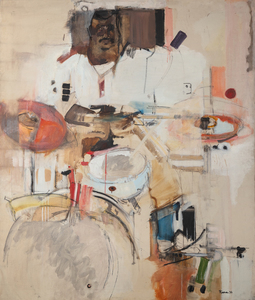
_tn27035.jpg )
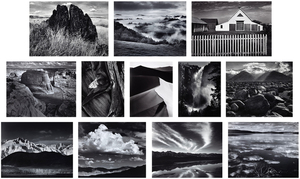
_tn44121.jpg )